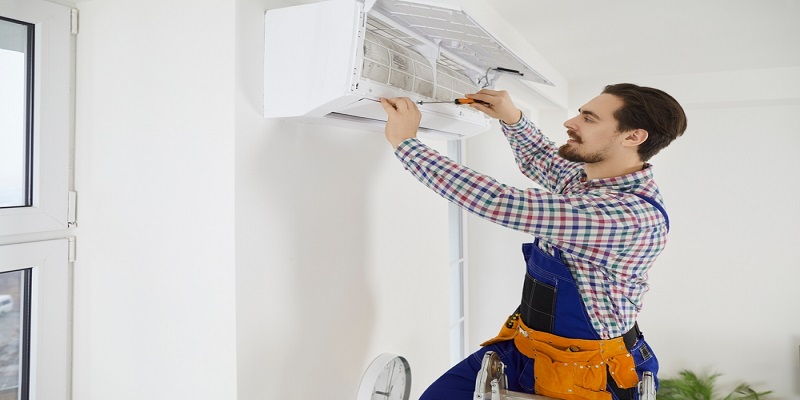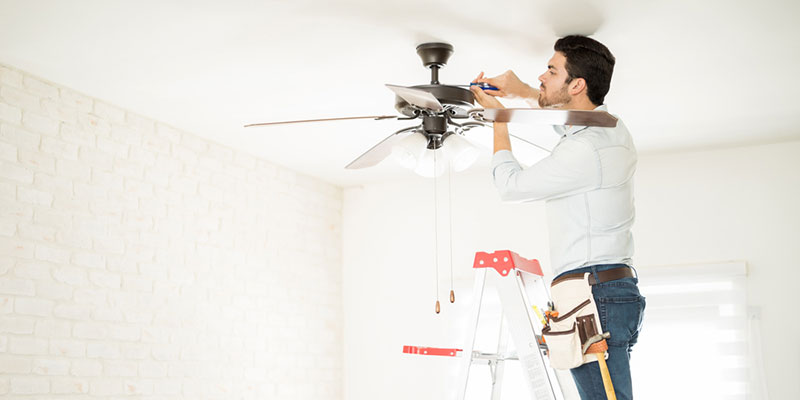How to Thin Out Acrylic Paint – Complete Beginner’s Guide

Beginner’s Guide for How to Thin Out Acrylic Paint.
Learning how to thin out acrylic paint the right way can save you a lot of time and trouble.
Our guide goes into everything you need to know as a beginner. This guide can also give you some new tips and tricks even if you’re more experienced.
You’ll learn the exact steps that you need to take, and a couple of different methods that use different materials. I know that you might not have the perfect concoction of home-based paint thinners, so I’ve put together a couple of different ways of thinning out the acrylic paint.
We’ll also look at some of the different reasons to thin out paint, and how to do it perfectly. By the end of the guide, you should be completely informed and prepared to thin out acrylic paint for airbrush, miniatures, spray guns, pouring and more!
You’ll know the exact steps you need to follow to get it done right – and know a couple of things to look out for and avoid along the way.
Let’s get into the guide!
How to Thin Out Acrylic Paint
This section will look at some of the different methods for thinning out acrylic paint and when you should be using them. I’ll cover the steps you need to follow under each of the methods, and the materials you will need before getting started.
There is some leniency granted if you can’t get together all the materials. When this is the case, I’ll let you know – although I still recommend you do your best to gather them all together before getting started.
How to Thin Acrylic Paint for Airbrush
If you’re wondering what airbrush is, you’ve probably heard of it before – but aren’t recognizing the name. If you want a quick introductory course or refresher, here is a great read!
Here’s What You’ll Need before Getting Started:
- Acrylic paint
- Acrylic airbrush thinner
- Water or alcohol (if you don’t have the thinner)
- Windex window cleaner if you have any
- Tight-lid container to hold the liquids
- Cap or small cup for measuring
- Small whisk or something to mix with
- Airbrush of your choosing
You can choose which combination you’d like to use. If you don’t have the window cleaner or the thinner, you can use water or alcohol to achieve the same results.
Here Are the Steps You Need to Follow:
- Having acrylic paint that’s designed for airbrushing would be the easiest and fastest method
- Thin the acrylic paint mixture by adding water at 50% water and 50% paint
- Pour the paint into the tight-lidded container, then add the equivalent amount of water
- Tightly close the lid of the container and shake it until the paint and water are well mixed
- If you don’t have a container like this, you can use a whisk until the right mix is achieved
You can replace the water in this process and use the alcohol or window cleaner to get a higher quality mix. The paint will be more likely to stick better when these are used in place of water.
The mixture ratio still stays the same – all you do is replace the water.
Quick Tip: Re-mix the paint every once in a while as the pigments in the paint tend to settle – this will keep the flakes small and better-suited to airbrushing. This is an important tip to remember when learning how to thin acrylic paint for airbrush use.
You’ll be using a spray nozzle for the airbrushing, and metallic paints tend to clog up the small openings. To avoid this happening, you should flush some warm water through the nozzle every once in a while to keep the opening free from blockages.
You should also avoid using window cleaner or rubbing alcohol to thin out white paint. This often gives the paint a slightly blue tint.
P.S. If you want to know how to thin acrylic paint for spray gun use, then you can also follow these steps.
How to Thin Out Acrylic Paint for Miniatures
Thick paint can ruin the appearance of your miniatures. This section will teach you how to thin out your paint the right way – no thick portions and no distorted colors.
You want the paint to have more or less the same consistency as skimmed milk. That should give you a good idea of what to aim for.
Just bear in mind that there is no magic formula when thinning out your paint for miniatures. You need to aim for the right consistency and color density (remember skimmed milk).
Here’s What You Need to Do:
- You can use the same process of adding water or rubbing alcohol, or window cleaner
- You can also use a proper paint thinner – but make sure you mixing area is very well ventilated
- Add less of the thinner or mixer than you think you need
- Keep adding more throughout the mixing process until you get the same consistency as skimmed milk
- Beat the mixture with the mini-whisk until there are no thick portions
- Mix it again once every couple minutes to stop the pigments from settling (especially with white paint)
Remember to use less paint on the brush when applying your first layer to the miniature. This will improve the shine and look of the paint, and avoid running or clumping of the paint.
These steps will work perfectly if you want to know how to thin acrylic paint for airbrushing models.
How to Thin Acrylic Paint for Pouring
Since there are so many different pouring mediums, paints and styles out there, it’s very hard to cover all of them.
I don’t know what your exact setup and materials include, so I’m going to give you a rundown of the consistency and texture that you should aim for.
Here’s the Consistency You Should Be Looking for:
- Warm honey (runs a little, but not too freely)
- Motor oil (the deep black colored one)
- Chocolate and light caramel syrup
The mixture should be able to flow easily without dripping and running – just like honey does when it’s warm.
Here Are Some Pointers:
- Start off with less mixer than you need
- Don’t add water unless there are no other options
- It’s much easier to further dilute the mixture than it is to do it the other way around
- The paint should flow off the mixing tool quite easily when you remove it from the mixture
How to Thin Acrylic Paint without Water
Many seasoned artists choose not to use water for thinning out their acrylic paints. This is because they know that water – especially too much water – can break down the binding in the paint.
This binder is responsible for holding the pigments in the paint together. There are various mediums to choose from that will all give you different results.
It’s up to you to decide what kind of use you’ll need from the paint and the different types of mediums that will best suit you. Here’s an excellent quick-guide on some of the different acrylic and mixing mediums that you can choose from.
Take a little time to go through these and decide what works best for you. These can give you far better results that using water – but it will take a little trial-and-error to get right.
How to Thin Acrylic House Paint
These tips also apply to you if you’re learning how to thin acrylic latex paint. House paint is in the latex paint category and can often be treated the same.
Just how much you decide to thin your acrylic house paint will depend on how you plan to use the paint. Learning how to judge this will take time, but it’s an important question you’ll need to answer when you’re learning how to thin acrylic paint.
You’re not even going to need to use paint thinner and even a novice can do this in just a couple minutes. You’ll only need to add around 20ml of water per liter of paint. Mix it thoroughly and do so again every 15-20 minutes to keep the paint from settling.
House paint doesn’t need much water and it’s definitely worse to put too much water – this would cause it to drip and the final product won’t look great.
- Best Deck Paint – Reviews and Buyer’s Guide
Final Thoughts
That’s it for our complete beginners’ guide on how to thin out acrylic paint! You’ve learned about some of the different methods and materials that can be used.
Well done for sticking it through and taking the time to learn this important information. You have all the information you need to get a well-informed and educated start. Bear in mind that the exact setup you have might be a little different from mine, so these steps might need minor adjustments.
That’s why we just learned the most important steps and pointers. With a little experience, you’ll learn your own little steps and tricks that work for you.
These things take time, so don’t get too stressed about it. You’ll be thinning and mixing paint like a pro in no time. It’s just a matter of giving it time and some practice.
Now that you know how to thin acrylic paint the right way, you’re ready to get started – you’ll be doing this on autopilot in no time!




